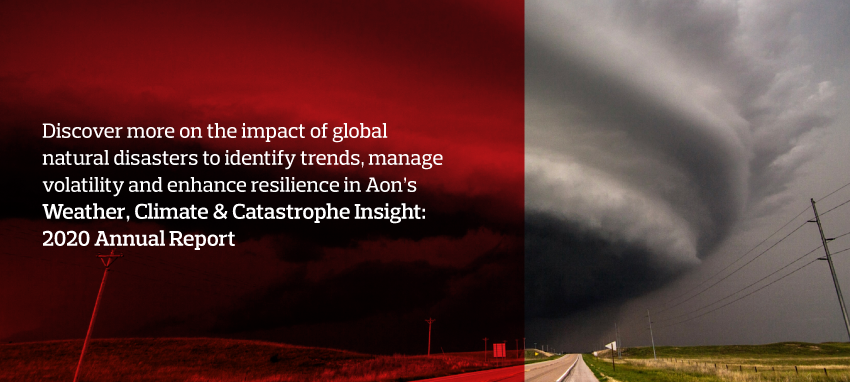When faced with a sequence of mid- or large-scale disasters occurring within short order, it is even more challenging for local and federal governments to properly plan and initiate multiple responses. These same difficulties apply for the private sector, including the re/insurance industry. What 2020 and COVID-19 presented was the latest example of more interconnected events – whether they are natural or man-made – having a major impact on a global scale. These coinciding and impactful incidents can more accurately be defined as “compounded” or “connected extremes”.
Prior to 2020, this topic was already gaining more attention as public and private sector groups further recognized the direct tie between natural disasters, climate change, healthcare, insurance, food insecurity, infrastructure, and other various societal and geopolitical topics. Years such as 2011 and 2017 were particularly notable from the connected extremes viewpoint as major natural disaster events led to localized physical damage impacts, but created a cascading effect of secondary and tertiary global fiscal impacts far beyond where the events occurred. Using 2011 as an example, the double-whammy of the Tohoku (Japan) Earthquake / Tsunami and the Thailand Floods led to a significant impact to the global supply chain around many types of products. Despite feeling no direct physical impact, factories elsewhere across Asia, Europe, and North America were unable to manufacture their own products since key components from Japan and/or Thailand were never delivered. Such scenarios highlight potentially devastating feedback loops which can cripple economies and subsequently lead to prolonged human suffering.
The amplified effects realized in 2020 would have been challenging enough had it only been defined by the frequency of extreme weather events. These extreme events occurring in the COVID-19 environment only enhanced the humanitarian impact. Delays in the shipment of typically standard international aid (such as food, healthcare supplies, etc.) prolonged the initial recovery efforts that many developing or emerging countries are heavily reliant. It also increased the delivery cost of aid as supply shortages and enhanced safety precautions required more monetary requirements. As a result, the United Nations (UN) increased their humanitarian aid appeal for 2021 to USD35 billion – up from USD28 billion in 2020. It also anticipated 235 million people, or equal to 1 in 35 people worldwide, needing assistance from natural peril, geopolitical, or COVID-related incidents. Most help will be targeted in 56 of the most vulnerable nations on earth.
Interactions between physical & societal drivers in connected extremes

Source: Nature Climate Exchange
Access blogs
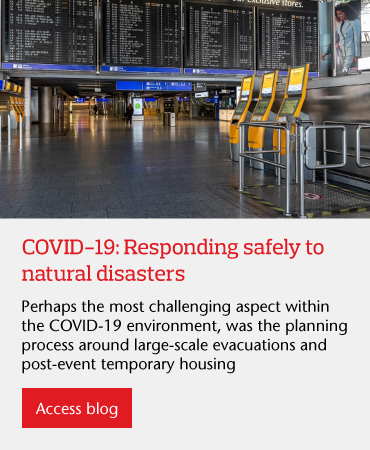
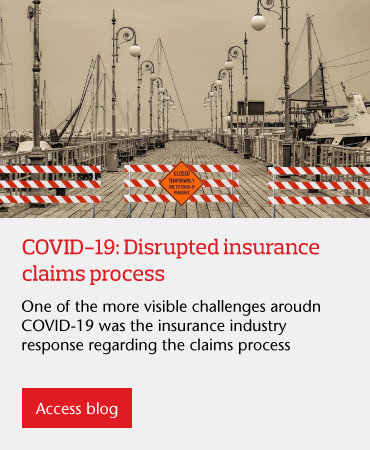
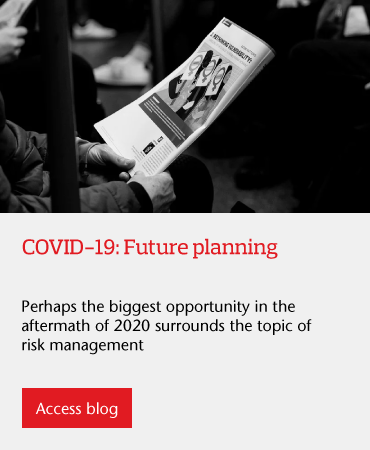
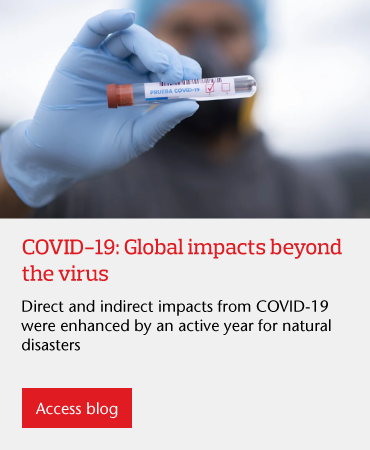
About the author
Steve Bowen currently serves as Director, Meteorologist, and the Global Head of Catastrophe Insight at Aon, and is based in the Impact Forecasting division. An increasingly important part of his work includes providing expertise to new strategies focused on combating the growing hazard, physical, societal, and financial challenges posed by climate change. He is a frequent collaborator with governmental agencies, academia, and industry groups, and has co-authored several published peer-reviewed scientific studies (including in the Bulletin of the American Meteorological Society, Nature Climate Change, and the Journal of Insurance Regulation). He was previously invited to participate in a White House initiative that sought to better prepare various sectors for emerging risks associated with climate change and extreme weather.
Steve serves on the Board of Directors for the American Red Cross of Illinois, and also sits on the Society of Actuary’s Research Executive Committee and Climate & Catastrophe Steering Committee.
